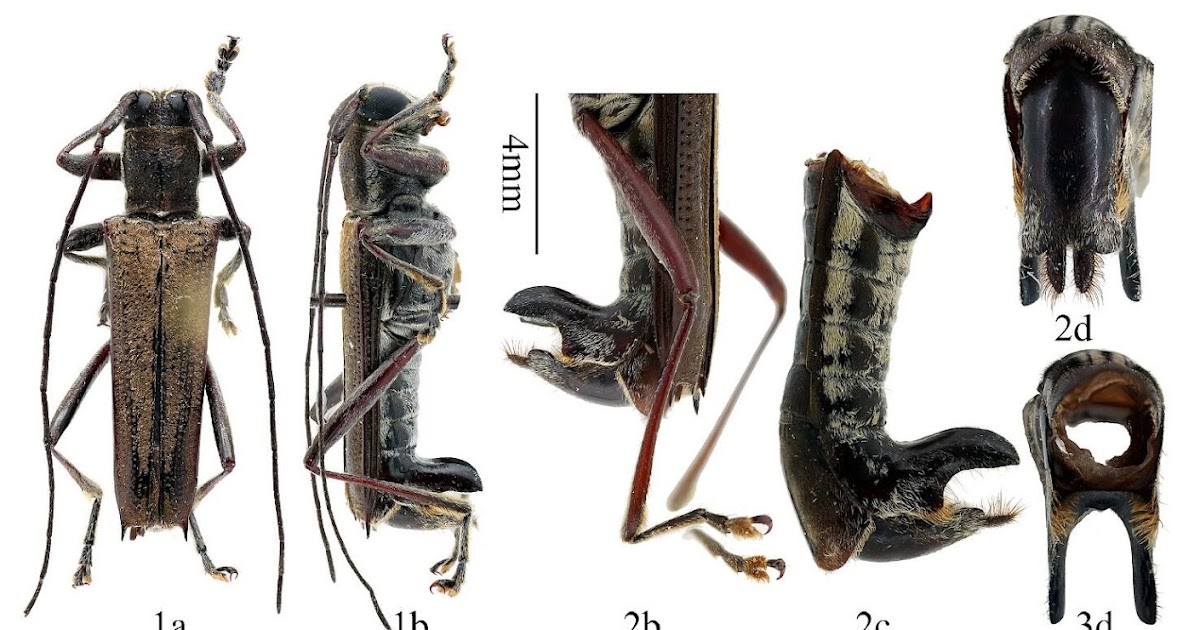
An image from a webcam showing the asteroid burning up in the atmosphere above Siberia
LenskLR/YouTube
An asteroid around 70 centimetres in diameter was spotted by astronomers hours before burning up harmlessly but spectacularly in the atmosphere above Siberia.
The European Space Agency (ESA) issued an alert at 9.27 am GMT, warning that the space rock would light up the sky at around 11.15 pm local time (4.15 pm GMT) above northern Siberia.
Speaking before the event, Alan Fitzsimmons at Queen’s University Belfast in the UK says an object this size presents no risk to those on the ground, but the early warning is a positive sign that our ability to spot these entities before they impact Earth is growing.
“It’s a small one, but it will still be quite spectacular,” says Fitzsimmons. “It will be dark over the impact site and for several hundreds of kilometres around there’ll be a very impressive, very bright fireball in the sky.”
Several objects this size strike Earth every year and we are now increasingly able to spot them early. The first was detected in 2008. The next was six years later, but the pace of observations is picking up: C0WEPC5, as today’s asteroid has been named, is the fourth predicted strike on Earth this year.
Early warning of small asteroids gives astronomers the opportunity to observe them and gather data, or even attempt to collect tiny fragments that survive. Fitzsimmons says the first such predicted impact in 2008 led to recovery of small parts of the rock and generated important science. “The beauty there was that the reflectivity of the meteorites exactly matched the reflectivity as measured by telescopes before it hit, showing you that really nice direct link between what we saw out there in space and what we then found later on, on the ground,” he says.
If we detect larger and more dangerous objects heading for Earth, it could provide an opportunity to deflect them, or at least evacuate areas at risk.

Map showing the predicted location where the asteroid would hit the atmosphere in Siberia
ESA
Both NASA and ESA now have dedicated programmes for spotting and tracking asteroids, which involve a large network of dedicated observatories, as well as amateur astronomers who take readings of the positions of known objects so that their orbits can be better understood and predicted.
This latest asteroid was spotted by NASA’s Asteroid Terrestrial-impact Last Alert System (ATLAS), which has four telescopes operating around the world and is designed to give up to a week’s warning of impacts.
“It’s a win for science, and [for] anybody who happens to be in Siberia this evening, there’s something to take your mind away from the no doubt quite chilly temperatures,” says Fitzsimmons.
Topics:









Leave a Comment